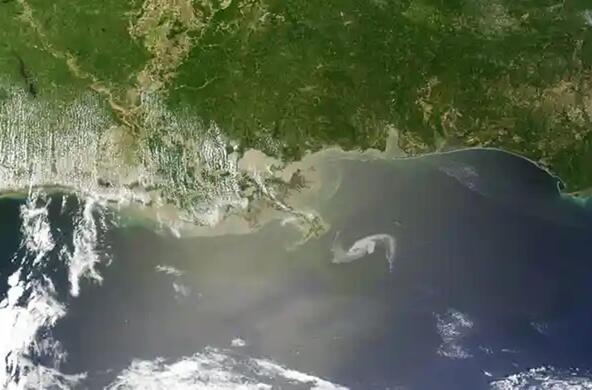Normally, we think of a legacy as a financial contribution or a policy that has a lasting impact on an institution. Alternatively, we may hear that a youngster applying to a certain college is likely to be admitted because she is the daughter of an alumnus and thus a legacy candidate.
Legacy applies to pollutants as well. In the past when mercury, chromium, and other metals were used to treat leather, the factories left behind a legacy of contamination in lake and river sediments. These deposits continue to leak metals to the surface waters today, providing a legacy of past contamination that we must live with. Legacy contamination complicates the efforts of environmental regulators who may not know the rate of emission from legacy contamination as they try to reduce present-day sources of pollutants in the environment.
Now a new legacy pollutant is increasingly recognized— phosphorus (P). When phosphorus fertilizer is applied to croplands, which are often deficient in native P for optimal plant growth, only a small portion is taken up by the crop and about 2% is lost in dissolved forms in runoff waters. The rest of the added P is adsorbed to soil minerals and accumulates in the soil as a legacy. This is known as the phosphorus surplus—the phosphorus that does not immediately contribute to greater agricultural production. The legacy of surplus phosphorus may contribute to future plant growth, but ultimately, it is lost to the environment.
As we try to minimize the pollution of natural waters by phosphorus, which causes toxic blooms of algae in lakes, it is difficult to recognize new sources of P, when they are masked by the slow release of P from legacy accumulations. Policy makers need to know how much P is recent, how much is legacy, and how much is natural?
As they strive to cut costs and reduce environmental impacts, farmers have reduced the annual P surplus by about 8% between 2002 and 2012. But, a recent estimate suggests that legacy P accumulations in soils are 50 times larger than the current annual surplus of P applied to agricultural lands. The past use of phosphorus fertilizers has left of legacy of pollution that we must consider if we are to have any success in cleaning up water quality.
It may well be that in many areas farmers don’t need to apply more phosphorus to increase their yields, so we can reduce new applications of phosphorus to soils. When you are deep in a hole, it is best to quit digging.
References
Christianson, L. E., Harmel, R. D., Smith, D., Williams, M. R., & King, K. (2016). Assessment and synthesis of 50 years of published drainage phosphorus losses. Journal of Environmental Quality, 45, 1467–1477.
Foroughi, M., J.M. Mallard, D.R. Nelson, L.A. Sutter and D. Markewitz. 2021. The impacts of historical land-use on phosphorus movement in the Calhoun Critical Zone Observatory in the southeastern U.S. Piedmont. Biogeochemistry 154: 17-35.
Han, J. Z. Xin, F. Han, B. Xu, L. Wang, C. Zhang, and Y. Zheng. 2021. Source contribution analysis of nutrient pollution in a P-rich watershed: implications for integrated water management. Environmental Pollution 279: doi: 10.1016/j.envpol. 2021. 116885
Loganathan, P., Hedley, M. J., Wallace, G. C., & Roberts, A. H. C. (2001). Fluoride accumulation in pasture forages and soils following long‐term applications of phosphorus fertilizers. Environmental Pollution, 115, 275–282. https://doi.org/10.1016/s0269‐7491(01)00102‐6.
Jarvie, H.P., L.T. Johnson, A.N. Sharpley, D.R. Smith, D.B. Baker, T.W. Bruulsema and R. Confesor. 2017. Increased soluble phosphorus loads to Lake Erie: Unintended consequences of conservation practices. Journal of Environmental Quality 46: 123-132.
Sabo, R.D. et al. 2021. Phosphorus inventory for the conterminous United States (2002-2012). Journal of Geophysical Research, Biogeosciences. Doi: 10.1029/2020JG005684








